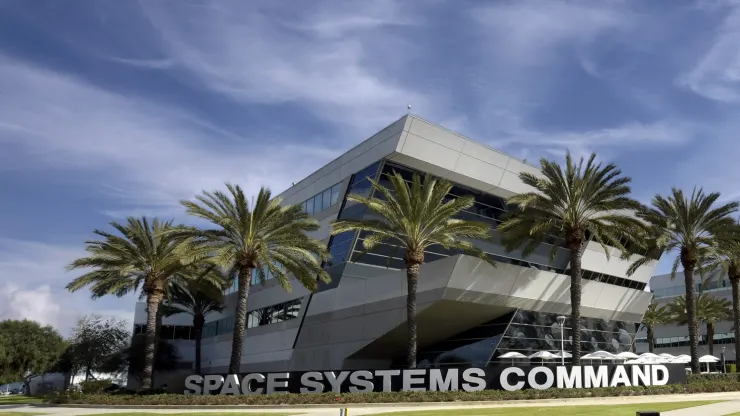
By Michael Sheetz,
Published by CNBC, 9 November 2023
Overview: Launch & Orders (Space Vehicles Unit)
The orders are in and we now finally know how the Space Force’s most recent block buy of rocket launches shook out: In the end, the military dished out over $5.6 billion in contracts to SpaceX and ULA for 48 launches.
Before I dive in here, a public service announcement: This newsletter is all about how much the U.S military spends to buy rocket launches from companies and, as such, it will be filled with acronyms. But the significant Space Force dollars on the table for launches makes this revenue opportunity a core part of any rocket company’s market strategy – especially as the program expands to feature even more competition in the years ahead.
The numbers alone here are eye-catching. The folks over at Space Force’s Space Systems Command shared with me the full breakdown of the National Security Space Launch (NSSL) Phase 2 contract awards. In total, Space Force assigned United Launch Alliance (ULA) with 26 missions worth $3.1 billion, while SpaceX got 22 missions worth $2.5 billion.
With the Phase 3 bidding process underway, I spoke with SSC’s deputy program executive officer Col. Doug Pentecost about takeaways from Phase 2 and expectations for Phase 3. Pentecost expects that Phase 3 will order 90 rocket launches – with a new split approach to feature not two companies, or even just three, but multiple companies bidding for missions assignments in two different categories (known as Lane 1 and Lane 2).
One of the interesting insights from the Phase 2 award data is that the program’s orders ramped sharply: Over the course of the five order years, assignments climbed from three launches the first year to 21 launches by the fifth — the most missions the DOD has bought in a single year, according to Pentecost.
“In some respects, that just shows how much more we are getting space assets in order to go after the pacing challenge, meet the future threats and put new capability in orbit,” he told me.
Part of the reason Phase 2 was so back-loaded, Pentecost noted, was due to the addition of launches for the Space Development Agency’s (SDA) satellite constellation, PWSA. In his words, “when we planned Phase 2 … SDA wasn’t even a three letter agency at that time.”
Pentecost doesn’t expect Phase 3 to continue the hockey stick trajectory of orders, but it’s also “not going to drop back down to only ordering three or four a year.” While this is “subject to change” since the timelines for satellites are “always moving around,” Pentecost said to expect 17 missions ordered during the first year of Phase 3, 14 missions the next year and 16 missions the following.
One important thing to keep in mind: This discussion is entirely about ordering launches, not actually launching the rockets themselves.
“It’s kind of weird to be talking about the end of Phase 2 from an ordering perspective, when I’ve still got 47 of the 48 missions to launch,” Pentecost said.
“But if you look at the economy today — inflation is higher but we do have real competition, and companies have found efficiencies. I don’t know how it’s going to play out from a budgeting perspective, because we’ve got to see how it plays out. We think this block buy approach … allows the companies to get their supply chain [ready] for a long timeframe and that does help bring the cost of launch down [overall].”
SSC sent out its request for Phase 3 proposals in early October, with bids due Dec. 15, Pentecost said.
See: Original Article





